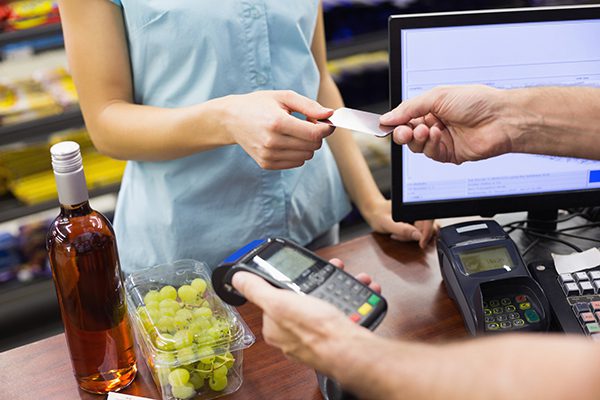The common cry from industry watchers is “Payments is fundamentally changing.” Each week brings a new announcement about a new product, payment type or offering. They can be from established players battling to stay relevant or from new entrants trying to create a new ecosystem (e.g. Amazon offering payments to merchants on their platform). This blog and several following will examine the payments landscape in 2016 and answer the aforementioned question if payments fundamentally changing.
Before that can be answered, let’s look at how payments used to be. Historically the banks and intermediaries such as card networks held a tremendous amount of pricing power and influence. This has been eroded due to new competitors and legislation across the globe. Their power and influence is waning. Today, even the staunchest cynic cannot argue that commerce is being disrupted as consumers and corporates are demanding speed, convenience and simplicity. On top of this, how we connect is changing as new devices are introduced, and with IoT moving from hype to reality, things will even further intensify. As such, payments must be seamless and transparent in every consumer offering. And connectivity is key. Intermediaries and banks are under pressure.
Many, in my opinion, rightly argue it’s not just payments and commerce; banking is being radically altered as the industry marches toward digital services. Legislation in the European Union is forcing banks to open up their technology to new providers through APIs. In the United States, the wave of “FinTech” companies is nibbling at the edges of banking. It’s not just retail banking; corporate banking is under intense pressure too as this nifty graphic from CB Insights shows –
Payments Are Fundamentally Changing. Or Are they?
For retailers, banks and everybody in between, customer experience will be a key differentiator for attracting and retaining new customers and businesses. This is the age of the customer and the barriers to switching retailers and banks has never been easier; it can be done with a few clicks of a button online.
So this all leads to a “yes, payments is changing.” Well, despite the new offerings and the digitization of an entire industry, the core needs of the end users have not and will not change. They will just need to be done faster from any device. Consumers will still need loans for vehicles, mortgages, an ability to send people money and somewhere to hold deposits. Businesses of all size will still need a way to pay and get paid. They will want FX services, cross-border payments, debt, equity and general financial advice.
How the needs of consumers and businesses are met is changing drastically and becoming increasingly commoditized. The winners will be those that provide superior customer service with products available all the time, through any device.
The payments value chain is changing along with the industry marching toward digital, and there is a distinct shift in power in the industry. Up to and including the early 2000s, payments was a very stable and profitable business for many in the value chain. As previously stated, power and influence was with the big banks and financial intermediaries. Regulations, mobile technology, new entrants, cheaper and more powerful hardware have placed tremendous pressure on the value chain. The shifting balance of power and influence has resulted in an unprecedented change in the industry.
The forthcoming posts in this series will closely look at key players in the value chain, how their roles have changed and what to expect in five years.
